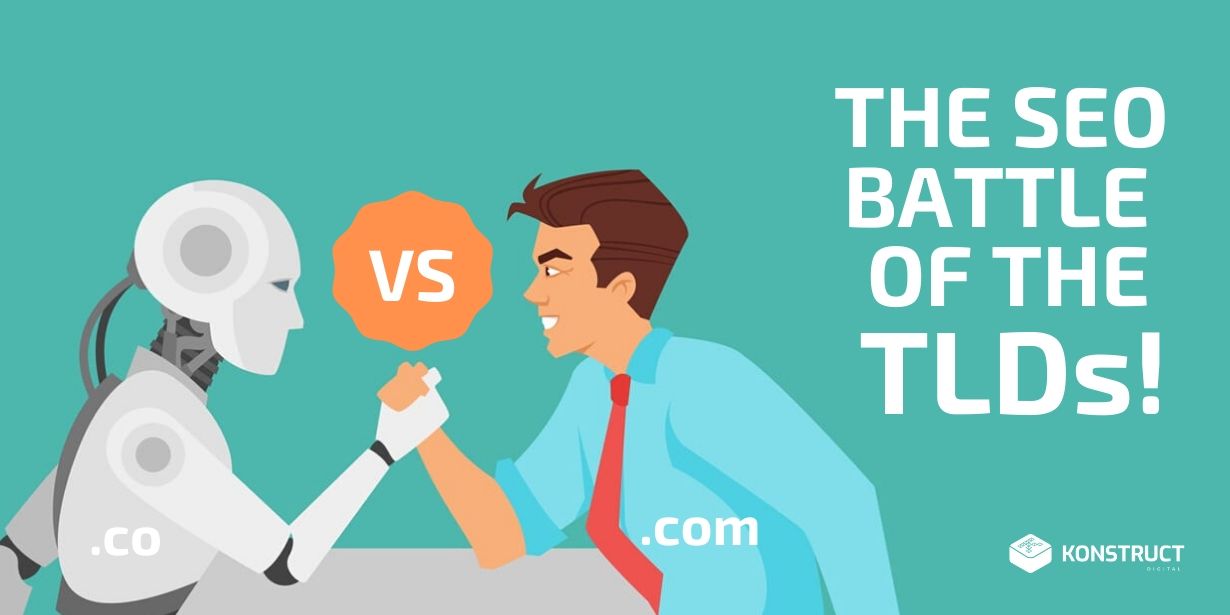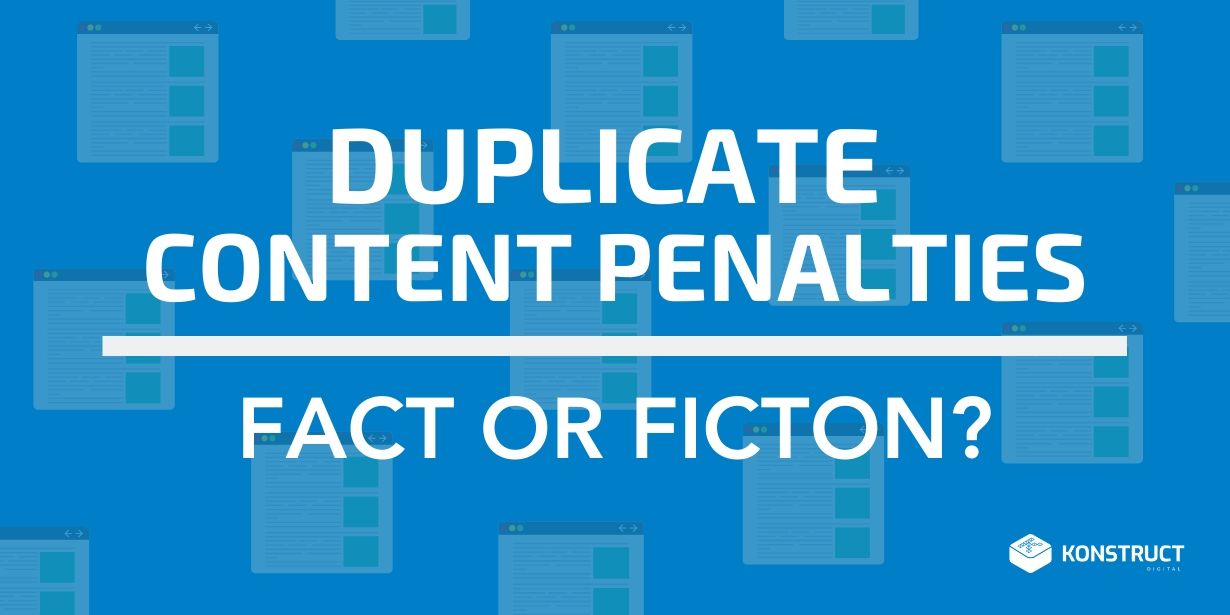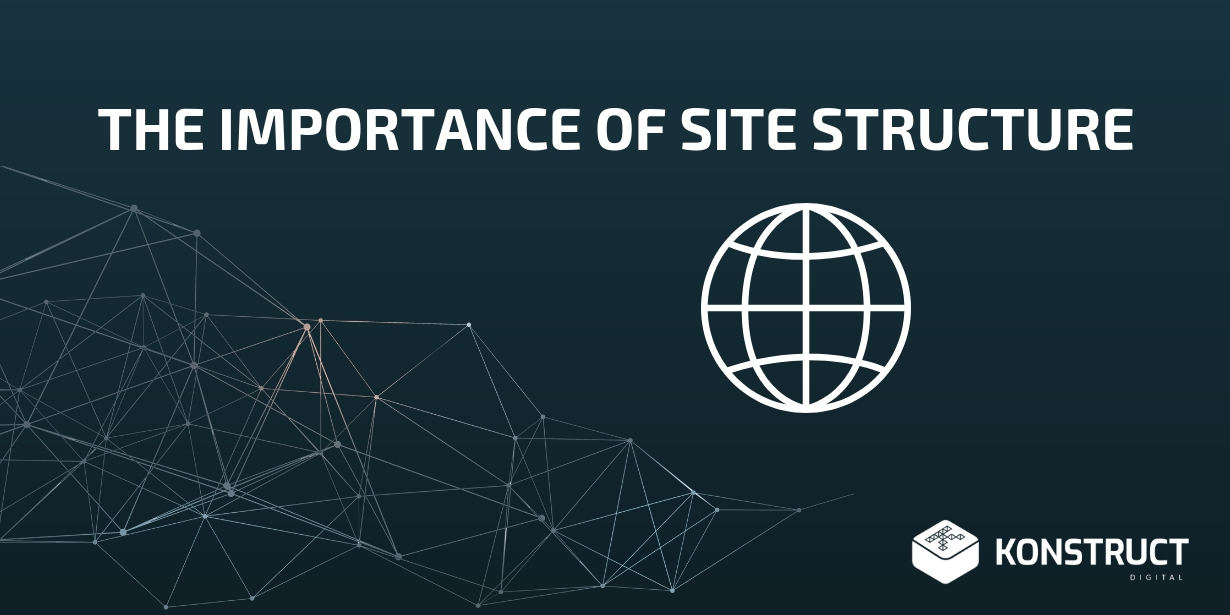Are you trying to drive qualified traffic and boost sales for your business-to-business (B2B) eCommerce site by using business-to-consumer (B2C) search engine optimization strategies?
Well… we’re glad you’re here because that’s just not going to cut it!
Using B2C SEO strategies on a B2B eCommerce site is like registering a beefy bodybuilder in a marathon. Although a bodybuilder might have the strength to lift massive weights, marathon runners require an entirely different set of training and skills.
In parallel, optimizing your B2B eCommerce site to attract the correct target audience requires a totally different strategy than optimizing a B2C eCommerce site.
While B2C SEO strategies may help you drive traffic to your site, they likely won’t help you drive traffic from the right buyers who actually have the interest and means to buy what you’re selling.
And, if you’re only driving traffic from unqualified average joes, what’s the point?
In this blog post, we’ll help you understand the key differences between optimizing a B2B and B2C eCommerce site.
Plus, if you read until the end, you can get insight into our tried and true SEO strategy that has helped us reach and exceed the goals of our B2B clients. (Yes, we’re giving this out for free!)
So lace up your running shoes because we’re running this B2B eCommerce marathon together!
What is eCommerce Search Engine Optimization?
If you’re reading this blog post and thinking, “Uh oh… I don’t even really know what eCommerce search engine optimization is,” then this section is for you.
eCommerce SEO involves optimizing your online store so your product or category pages will rank highly on search engine results pages (SERPs) for relevant keywords, making your products more visible to prospective customers who are interested in the types of products that you offer.
Some of the most important ways to optimize your eCommerce website for search engines are through:
- Optimized product descriptions and product category pages
- Well-structured product schema
- Search engine-optimized product images
- Optimized site speed
- Improved mobile-friendliness
Pro tip: if you want to understand your eCommerce site a little better, start goal tracking.
If you’re running an online store and notice a solid stream of customers signing up for your newsletter, or adding items to their cart, or making purchases, you’ll want to know what aspects of your site drive these conversions.
Tracking your customers’ actions on your site will provide you with a wealth of information and valuable insights that can help you understand what’s working and what needs a little more support based on pure data.
The Differences Between B2C and B2B eCommerce SEO
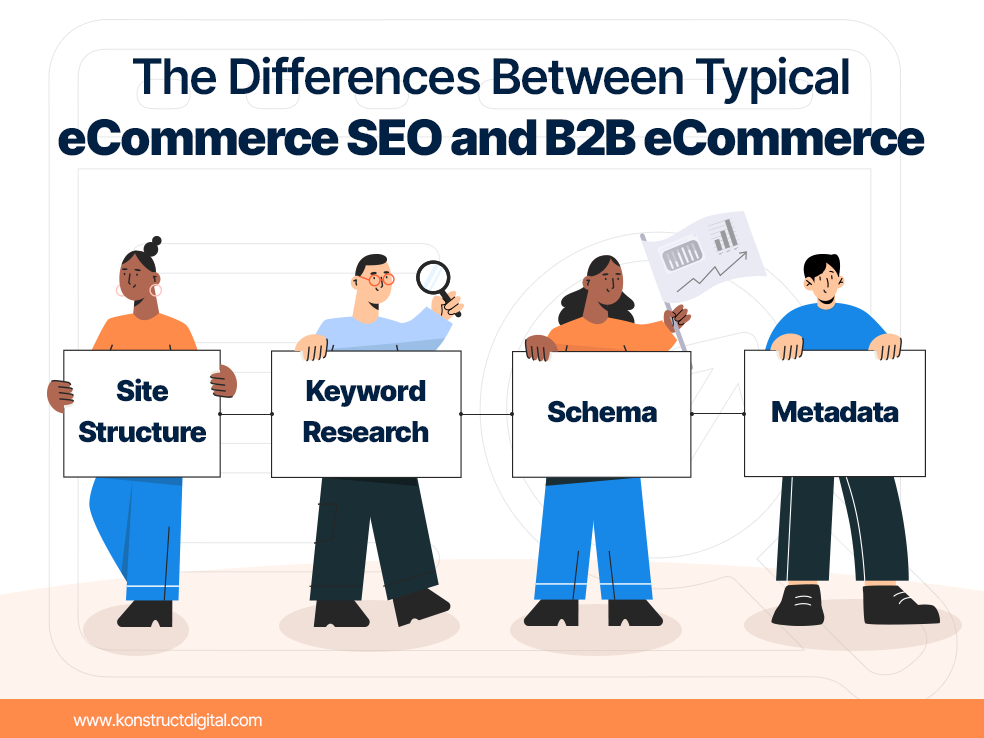
The following are some of the most significant differences between B2B and B2C eCommerce SEO.
Site Structure
B2B Site Structure
B2B sites often require a much more complex site structure than B2C sites. This complexity really comes down to the fact that B2B businesses are offering multiple products or services to businesses in different industries and require multiple landing pages to attract qualified traffic from each of their target industries.
For example, one of our B2B clients sells niche drilling supplies, tools, and fluids for various drilling industries. So, when we created their site structure, we had to ensure we nested products in logical categories and subcategories to make them easily navigable by industry experts and conducive to conversion.
Decision-makers looking to buy drilling fluids from our client aren’t going to the site and browsing through all of their fluids to see what may work best for them. They already know they need a cement mixer with specific parts per million of whatever chemical.
BUT, because this cement mixer might be multi-purpose or work for drilling in a variety of industries, the site structure became complex very quickly.
Complex site structures aren’t just the case for this one B2B business. It’s a common challenge that most B2B companies face when creating their site structure.
As products become more complex, site structures must evolve, meaning you must understand:
- Where your products fit into each category page
- How to make your site navigable for decision-makers
In order for users and search engines to find and understand your site, you must group specific products into categories and create hierarchies around these groupings.
By understanding all of the points above, here was our solution to our client’s site structure:
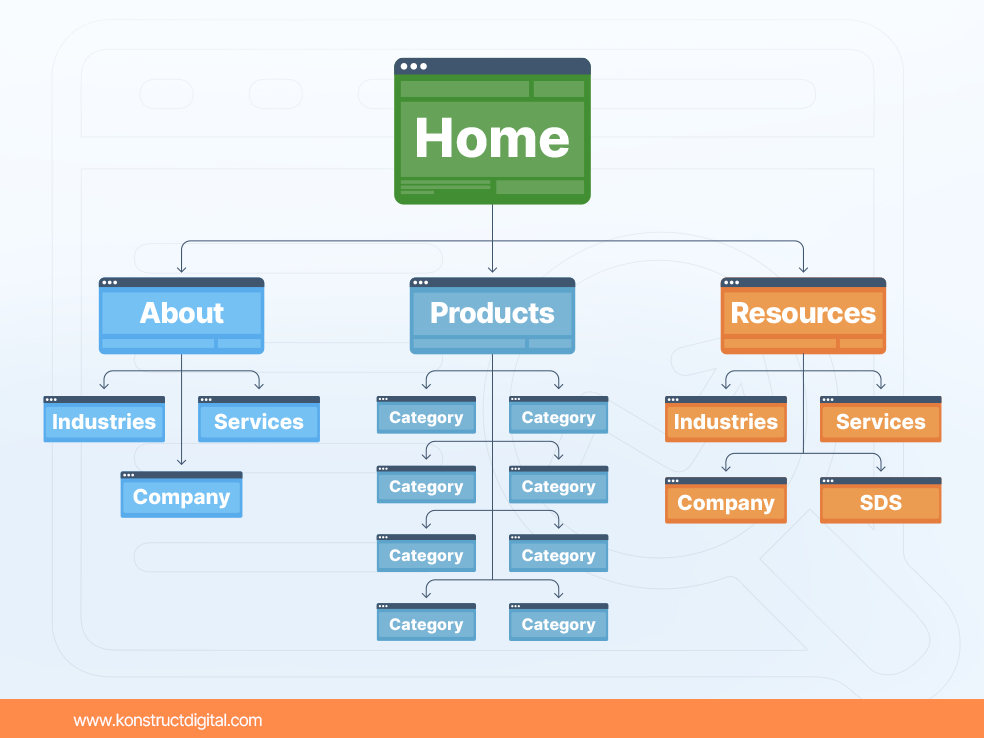
B2C Site Structure
Now let’s flip the switch.
Let’s say you’re a B2C eCommerce business that sells women’s clothing. It’s pretty easy to create a site structure as your products usually fit under a specific category. If your users are looking for a graphic T-shirt, you’ll probably have a “tops” category, with sub-category pages such as “sweaters”, “graphic T-shirts”, “blouses”, etc. Since your graphic T-shirts would never fall under the pants category, it’s easy to know how to create category pages and product pages that are easy for Google and your customers to navigate.
Keyword Research
It’s no secret that keyword research is crucial to eCommerce SEO. You’d basically have to live under a rock not to know that.
However, B2B vs. B2C eCommerce businesses require different strategies when completing keyword research to ensure they are getting the right traffic from search engines.
While B2B and B2C eCommerce sites BOTH typically target transactional keywords that indicate a user’s intent to make a purchase for their product and category pages, the keyword targeting strategy should be different.
B2C Keyword Research
B2C eCommerce sites typically target high-volume, low-competition keywords that appeal to everyone and their mother (or at least a significant segment of the population). Whereas it’s often better for B2B eCommerce sites to target more long-tail keywords with higher relevance to a specific audience, even if the search volumes on the search engines are low.
For example, a B2C eCommerce keyword may be something like “grey sectional” with a monthly search volume of 1,000 in Canada, whereas B2B eCommerce keyword may be something like “ drilling fluid additives” with a monthly search volume of 10.
B2B Keyword Research
The primary difference here is that the pool of people searching for B2B transactional keywords is much smaller than those searching for B2C transactional keywords. So you must understand the specific language that the small pool of B2B buyers typically uses when looking for your product via search engines.
When doing keyword research for your B2B eCommerce site, never forget:
Relevancy > search volume.
B2B users typically make much more specific searches on search engines which is why B2B sites need more niche keyword targeting. The goal of keyword targeting for B2B sites is less to identify keywords with a large search volume but instead to find highly-relevant keywords.
With that being said, don’t throw search volume out of the window. Of course, if there is a search volume, you should chase it, but only if it is relevant to your target audience.
Targeting larger audiences that bring in a bunch of organic traffic will just increase your bounce rates with no extra conversions. Lower user engagement can indicate that users aren’t finding the answer to their query, which can negatively impact your site’s performance on SERPs. Search engines typically favour lower bounce rates as it tells them your site provides useful content. So always make sure you choose keywords that are relevant to your target audience rather than those with higher search volume that could inflate your bounce rate.
If you take anything away from this blog, we want you to note that it’s way better to have less organic traffic that is more targeted and leads to conversions than more traffic from users that click off your site immediately without hesitation.
Schema
Schema markup can help search engines better understand the content on your page to enhance the appearance of search results. Google crawls web pages and takes rich snippets featuring FAQs, product markup, and reviews, and displays them on the SERP to present content more effectively to users. Schema is important because it increases the visibility of your products in the SERP.
Here are some examples of rich snippets:
Reviews:

FAQs:
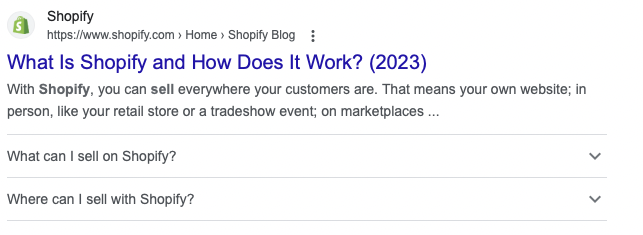
Product Markup:

Pro tip: you can test your web pages to see which rich results can be generated with Google’s Rich Results Test.
Schema is an important SEO tactic for both B2B and B2C eCommerce sites; however, the difference lies within the technical specifications used on each site. Here are a few ways schema tactics differ on B2B vs. B2C sites:
- Product descriptions: B2B eCommerce sites can typically use more in-depth product descriptions due to the fact that there are more schema opportunities available for more complex products.
- Location: Often brick and mortar stores will provide information about where their store is located, when it’s open, when it’s busiest, etc. B2B businesses typically don’t have a location their buyers visit as they often ship their products to their buyers’ locations. Instead of providing Google with information about your location, you can add information such as the areas you serve (Canada, United States, North America, etc.)
- Reviews: B2C businesses tend to receive more reviews than B2B. Because of this fact, B2C companies typically have dozens to thousands of reviews from buyers that have purchased products from them before. B2B businesses typically receive fewer reviews, but when they do, their reviews are often from trusted businesses or buyers and can prove their credibility.
Metadata
As everyone and their mother in marketing knows, metadata is an extremely important SEO element for websites. Just as important as drinking water. Okay, maybe it’s not live-or-die, but it’s very important!
The most significant way metadata differs on B2B and B2C eCommerce sites is through the language used in titles, meta descriptions, and image alt tags.
B2C Metadata
For example, if you’re writing a title or meta for someone who is searching for jeans, you are targeting an everyman. You don’t know their educational background or their specialization. So, when writing titles and meta for B2C eCommerce businesses, you can use more broad, friendly, and laid-back language.
B2B Metadata
When writing titles and meta descriptions for B2B businesses, you aren’t targeting an everyman. You’re targeting well-educated, knowledgeable audiences that know what they’re searching for.
For example, Apple lures users in with emotional power words. Let’s face it, who wouldn’t click on a page to learn more about a product that is “powerful”, “beautiful”, and “durable”?

Hootsuite, on the other hand, uses more benefit-focused language to explain how their product can support you.

How to Make a Killer eCommerce SEO Strategy for Your B2B Business
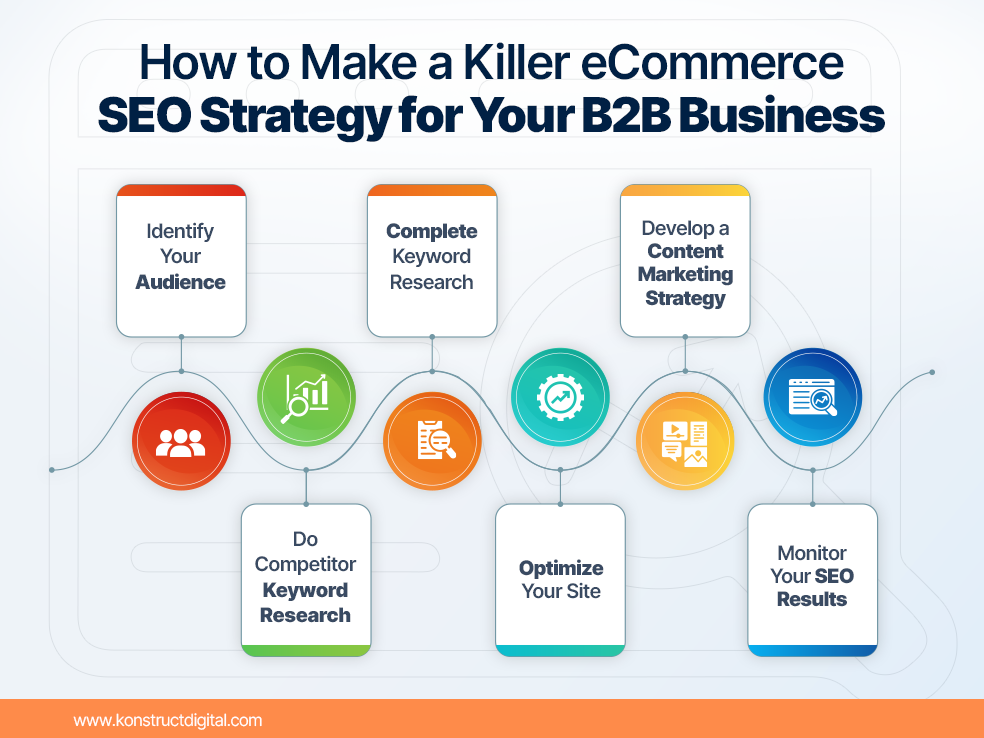
With the ever-changing landscape of SEO, it can be tricky to know where you should start when creating your B2B SEO strategy.
Lucky for you, we’re feeling generous and want to give you the top-secret B2B SEO strategy that we use to attract more customers, increase visibility and drive qualified traffic for our B2B eCommerce clients.
Let’s jump in!
1. Identify Your Audience
Identifying your audience is crucial to any successful eCommerce SEO strategy. We know, it seems like an obvious step, but it is indeed one of the most important!
By this point in your marketing journey, you should have a solid understanding of who your target audience is…but if you don’t, take a look at some high-level demographic data from Google Analytics to understand the users that are typically on your site.
By understanding your target audience, you can complete keyword research that is relevant to your audience and will actually drive results.
2. Do Competitor Keyword Research
Don’t underestimate the value of spying on your competitors to gain insights for your B2B SEO strategy!
Having a highly detailed and in-depth competitor keyword research process can make or break your success. Competitor keyword research can show you:
- Everything your competitors are currently ranking for
- Faults and misses in your strategy
- Your keyword opportunities
Competitor keyword research will allow you to make the best possible SEO strategies moving forward that capitalize on your strengths and your competitor’s weaknesses.
Competitor research is truly so important when creating your SEO strategy for your B2B eCommerce site. So important, we wrote an entire blog post on SEO Competitor Analysis!
3. Complete Keyword Research
Your competitor research should provide you with a great understanding of how to begin your keyword research.
One challenge you may face is finding keyword opportunities in the SERP spaces that your competitors are dominating, especially if you’re competing with the likes of Amazon which has an extremely high domain authority. That’s where keyword research comes into play.
Keyword research is arguably one of the most important steps when creating an SEO strategy for your B2B eCommerce site. As mentioned above, only 1 or 10 times… keyword research for B2B eCommerce sites must be focused on relevancy.
Since each conversion is often so much more impactful for a B2B website, it’s often more important to target highly relevant keywords, even if search volume is low, so you can increase your chances of converting.
When choosing keywords, it’s important to consider using different keywords based on relevancy, intent, and competition. Some types of keywords to consider include:
- Informational: Informational keywords are keywords searched when users seek information about a topic or product. Informational keywords are typically used in the awareness stage of the buying process, like in blog posts.
- Commercial: Commercial keywords are keywords searched when users are looking for a specific product or service.
- Transactional: Transactional keywords are keywords that indicate a user’s intent to purchase a product or book a service.
- Branded/Navigational: Branded keywords are keywords that are related to a brand or business name, typically used to drive branded search traffic.
If you hoped we would outline exactly how to do keyword research, we’re already a step ahead of you! We’ve created an ENTIRE step-by-step blog on how to do keyword research. You don’t want to miss it, it’s a good one!
4. Optimize Your B2B eCommerce Site
After determining the keywords you need to use across your site, it’s time to optimize it! Optimizing your site for search engines includes optimizing your page titles, meta descriptions, image alt tags, content, etc.
Metadata
Here are some best practices when developing page titles and meta descriptions that are attractive to search engines:
- Aim to include an exact match of your primary keyword in your page title and meta description. Always use an exact match of your primary keyword at the beginning of your page title. However, when you’re writing your meta description you can be a bit more lenient. For example, if your keyword is “drilling tools Calgary”, it’s okay to include “drilling tools in Calgary”.
- Ensure your page titles and meta descriptions are accurate to your content. By providing a brief summary of your page, you tell Google exactly what your page is about. If you don’t Google may rewrite your content (we talk more about this below).
- Include buzzwords or power words to increase CTR. Encourage readers to click on your site by using words like “shop our inventory”, “browse our collection”, etc.
- Monitor character count. We recommend using between 50-150 characters in your meta description and no more than 50 characters in your page title. However, this is more of a guideline rather than a rule. But let’s face it, Google nor users want to read a lengthy meta description.
Note: When you write your title and meta, you’re telling Google, “here’s an excerpt that directly explains what the product or page is about.” BUT, sometimes, when Google crawls a page and doesn’t think your title and meta accurately describe your page, it may rewrite it without telling you.
On-Page Optimizations
After you’ve developed your title and meta descriptions, you can move on to the next level of optimization by optimizing the content on your page. When you optimize your content, you want to cover relevant topics related to your primary keyword.
When you initially optimize your pages (assuming you are optimizing pages that are already published on your site), we recommend you…
- Revise your primary heading to include your primary keyword (it doesn’t need to be an exact match but should ideally at least include a variation of the keyword).
- Add secondary keywords throughout the body of your content. BUT do NOT keyword stuff! Not only is keyword stuffing extremely obvious for readers, but it can also be flagged by search engines and reduce your search rankings and credibility.
- Include keywords in your image alt tags. Instead of using an image alt tag like “drilling-tool.jpeg”, change it to “oil-and-gas-drilling-tools.jpeg”. This simple revision can help your images (and page) rank in Google images for your primary keyword.
- Add relevant content sections to the bottom of category pages below your product listings. By adding additional content that speaks to your products, you can provide a better user experience and signal to search engines that your page is useful.
Site Structure Expansion
After you’ve optimized your site, you can look at the potential of adding additional pages based on keyword targeting opportunities.
You may notice opportunities to add new pages based on content gaps in your site or if there is search volume that warrants the addition of pages.
For example, if you sell drilling tools, consider creating pages for each type of drilling tool (if there are solid keyword targeting opportunities). Creating these additional pages can help you rank for a variety of keywords and potentially increase conversions.
When deciding if you need to add additional product pages to your site, ask yourself:
- What is the volume of the keywords?
- What are the SERP similarities between these keywords?
- Would these new pages actually make sense on the SERPs/ do they align with the search intent of the keywords?
5. Develop a Content Marketing Strategy Specific to Your Audience
Once you’ve started driving some good traffic to your category and product pages (or even in parallel to optimizing these pages), it’s a good idea to produce blog content to bring in traffic from users in your target audience who aren’t quite ready to make a purchase.
Hub & Spoke Modelling
When developing your content marketing strategy for your B2B eCommerce site, aim to use the hub and spoke model.
This model involves having a central piece of content (the hub) and then creating additional pieces of related content (spokes) that link to one another and back to the hub.
Let’s say you offer leadership coaching. Your hub may be your “Executive Coaching” service page, and your spoke content may be blog posts with topics such as:
- “Who Can Benefit From Executive Coaching”
- “What You Learn in Executive Coaching”
- “How Executive Coaching Helps Leaders Level Up”
You get the gist. This spoke content is intended to generate interest and drive traffic to the hub content.
By using the hub and spoke model, you can expand search visibility (because your site has the opportunity to appear on SERPs for more queries). Having blog (spoke) content is also good for widening the sales funnel, boosting brand awareness, and targeting more prospective buyers who aren’t quite ready to purchase. Additionally, spoke content allows you to interlink, which can pass “link juice” between pages, potentially helping to boost the rankings of your landing pages.
B2B users generally have strong foundational knowledge in their business niche. So, when you create your content for your site, ensure it’s very direct, specific, and insightful while really speaking to your audience’s pain points.
Here are some other killer blog posts that can help you to craft some top-notch content that will convert your B2B customers:
- 999,999 Tips for Creating On-Brand SEO Content
- Conversion Copywriting: 3 Steps for Writing Content That Sells
- 7 Tips for Writing Microcopy That Speaks to Users
6. Monitor Your SEO Results
After you’ve gone through the eight primary steps to creating a solid B2B eCommerce SEO strategy, it’s time to monitor your results. These steps aren’t like using a plastic straw; they aren’t one-and-done.
You need to monitor your B2B eCommerce website to track progress and ensure you’re increasing web traffic, boosting search engine rankings, or reaching other SEO goals. By reviewing your SEO results, you can adjust your strategy as needed, identify issues, and determine areas of improvement.
Let Our Expert SEO Team Help You Optimize Your B2B eCommerce Site
If you’re getting ready to ramp up your B2B SEO strategy, we have a couple of other blogs that can provide even more information about eCommerce marketing.
Optimizing a B2B eCommerce SEO site requires a combination of technical expertise and a solid marketing strategy.
Luckily, by working with our expert team of B2B SEO specialists and Digital Strategists, we can help you craft a site that looks great, effectively reaches and converts your target audience, and produces the results you need.
Let us help you create a B2B eCommerce digital marketing strategy that will make you the “fittest” in your B2B eCommerce space and drive real results for your business. Contact us today!



